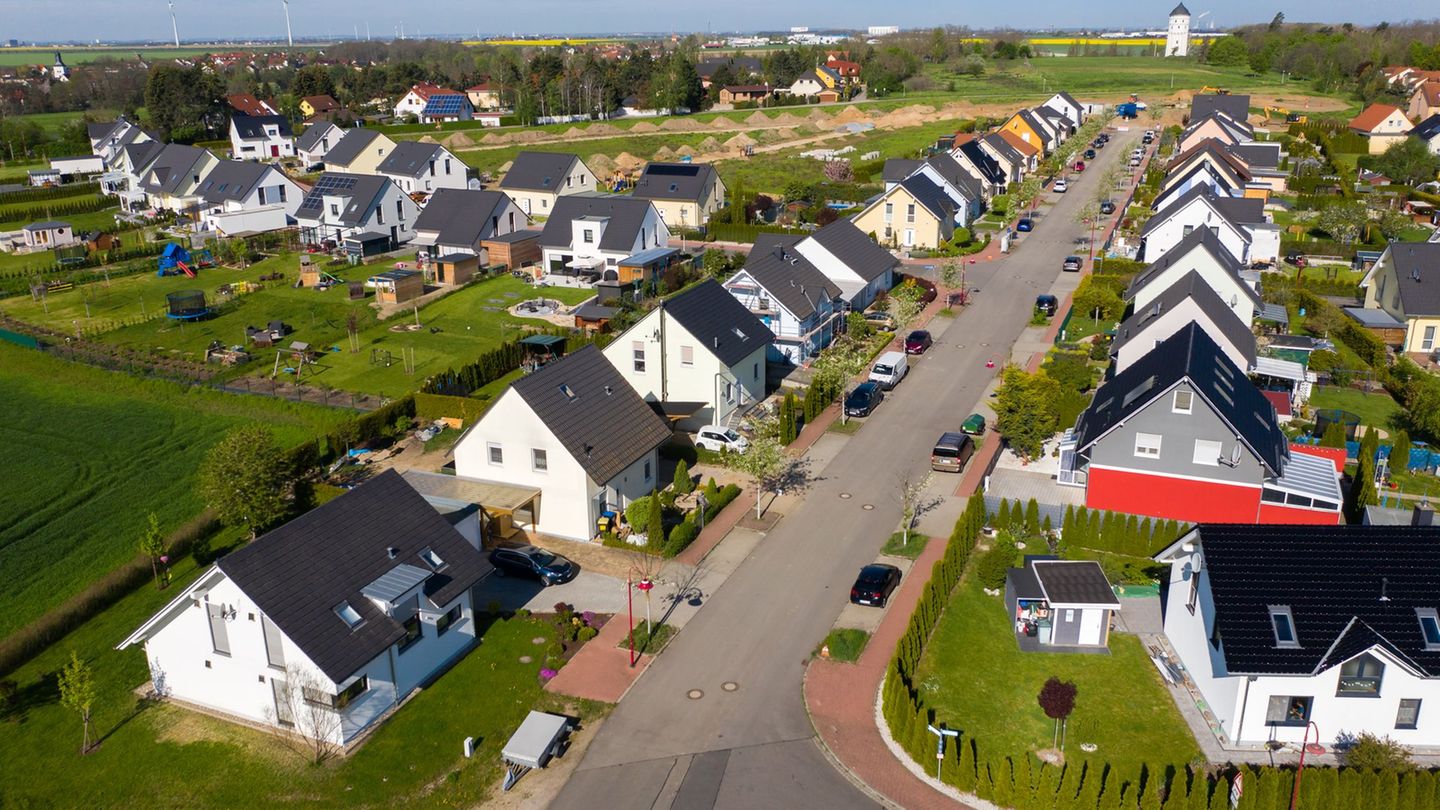This emerges from the figures published on Monday by the Federal Environment Agency. The Ministry of the Environment commented on the increase as “as expected”. A major reason lies in the renewed strength of the Austrian economy. Environment Minister Leonore Gewessler (Greens) still sees reason for optimism: “Our measures are beginning to have an effect,” she said.
In absolute figures, 77.5 million tons of CO2 were emitted in Austria in 2021, 3.6 million tons more than in 2020. Compared to the pre-pandemic year 2019, 2021 was only slightly lower – by 1.9 million tons. For 2022, however, the Federal Environment Agency is assuming a significant decrease of five percent compared to 2021. Compared to the pre-crisis year of 2019, this means a reduction in emissions of 7.9 percent.
“The expected end of the pandemic effect on greenhouse gas emissions has now finally been confirmed,” said Gewessler. “A lot has already been set in motion, our many climate protection measures against the standstill of the last few decades are already showing an initial effect. But it is absolutely clear: we have not yet reached our goal. More initiatives are needed for a climate-friendly future in particular climate protection.”
“Still a long way from the goal”
For Greenpeace, the development of emissions is worrying. Austria is still a long way from the goal of being climate-neutral by 2040, the environmental protection organization said. The federal government must implement the long overdue climate protection law. Greenpeace is also calling for an ambitious national energy and climate plan (NEKP) this year. “Austria’s greenhouse gas balance is once again a devastating testimony: While one temperature record follows the next in winter, massive amounts of climate-damaging CO2 continue to be blown into the air,” criticizes Jasmin Duregger, climate and energy expert at Greenpeace in Austria.
WWF Austria is also calling for a major climate and nature conservation program to be adopted. “Austria must reduce its CO2 emissions systematically and permanently. This requires fundamental reforms that cover all areas: from saving energy to better protecting valuable nature,” says WWF climate spokesman Thomas Zehetner. In order to achieve the EU targets for 2030 and climate neutrality in 2040, significantly more efforts are needed in all sectors. The environmental organization Global 2000 is demanding a restart of domestic climate policy at both the federal and state levels. “The next step is the Renewable Heat Act for phasing out oil and gas heating and a significant improvement in the Energy Efficiency Act,” says Johannes Wahlmüller, climate and energy spokesman for GLOBAL 2000.
According to the latest report, emissions in the transport sector increased by 4.2 percent or 0.9 million tons compared to 2020 due to higher fuel sales. At the same time, as forecast in the NowCast from August 2022, a clear positive change in traffic compared to the time before the pandemic was recognizable. According to the Federal Environment Agency, emissions in 2021 fell by ten percent or by 2.4 million tons of CO2 equivalent compared to 2019. One is on the right track with the “problem child traffic”, but not yet there, said Gewessler. “The current trend must go much further down.”
Energy and industry first
The largest emitter of greenhouse gases in 2021 was the energy and industry sector, around 34.5 million tons of CO2 equivalent were emitted in this sector in 2021, compared to 2020 by two million tons or 6.3 percent more. Emissions from industrial operations increased by 9.3 percent or 1.8 million tons, “mainly due to higher steel and pig iron production and higher production in the cement and refractory industries”. Emissions from energy companies fell by 1.4 percent or 0.1 million tons, which was mainly due to the shutdown of the last Austrian coal-fired power plant in 2020.
Gewessler pointed out the dependence on oil and gas in domestic industrial and electricity production. “That’s why we will cover our electricity needs 100 percent from wind, sun, water and biomass by 2030 and also switch our heat supply in Austria to climate-friendly alternatives,” announced the Environment Minister.
Due to the increase in heating degree days by 12.5 percent compared to 2020, greenhouse gas emissions in this area also rose by 12.6 percent to 9.1 million tons. In the agricultural sector, emissions in 2021 remained at almost the same level as in 2020, with around 8.2 million tonnes of CO2 equivalent.
The decreasing trend of the last few years in waste management, with a decrease of 0.8 percent or 0.02 million tons of CO2 equivalent, and in F-gases (fluorinated gases, NB), with a decrease of 13.9 percent or 0.3 million tonnes of CO2 equivalent, continued for 2021. According to the Federal Environment Agency, the economic sectors that are not subject to European emissions trading will have achieved the current Austrian climate target in 2021 with emissions of 48.4 million tonnes of CO2 equivalent in accordance with the target path for achieving the EU Effort Sharing Regulation .
more from economy
OÖN stock market game: Start in a turbulent environment
Anyone can drill for gas, but hardly anyone does it
Fischer boss: “Skiing must adapt to climate change”
Wifo boss Felbermayr: “Leave the watering can in the shed more often”
My themes
For your saved topics
found new items.
info By clicking on the icon you add the keyword to your topics.
info
Click on the icon to open your “My Topics” page. They have of 15 tags saved and would have to remove tags.
info By clicking on the icon you remove the keyword from your topics.
Add the theme to your themes.
Source: Nachrichten




